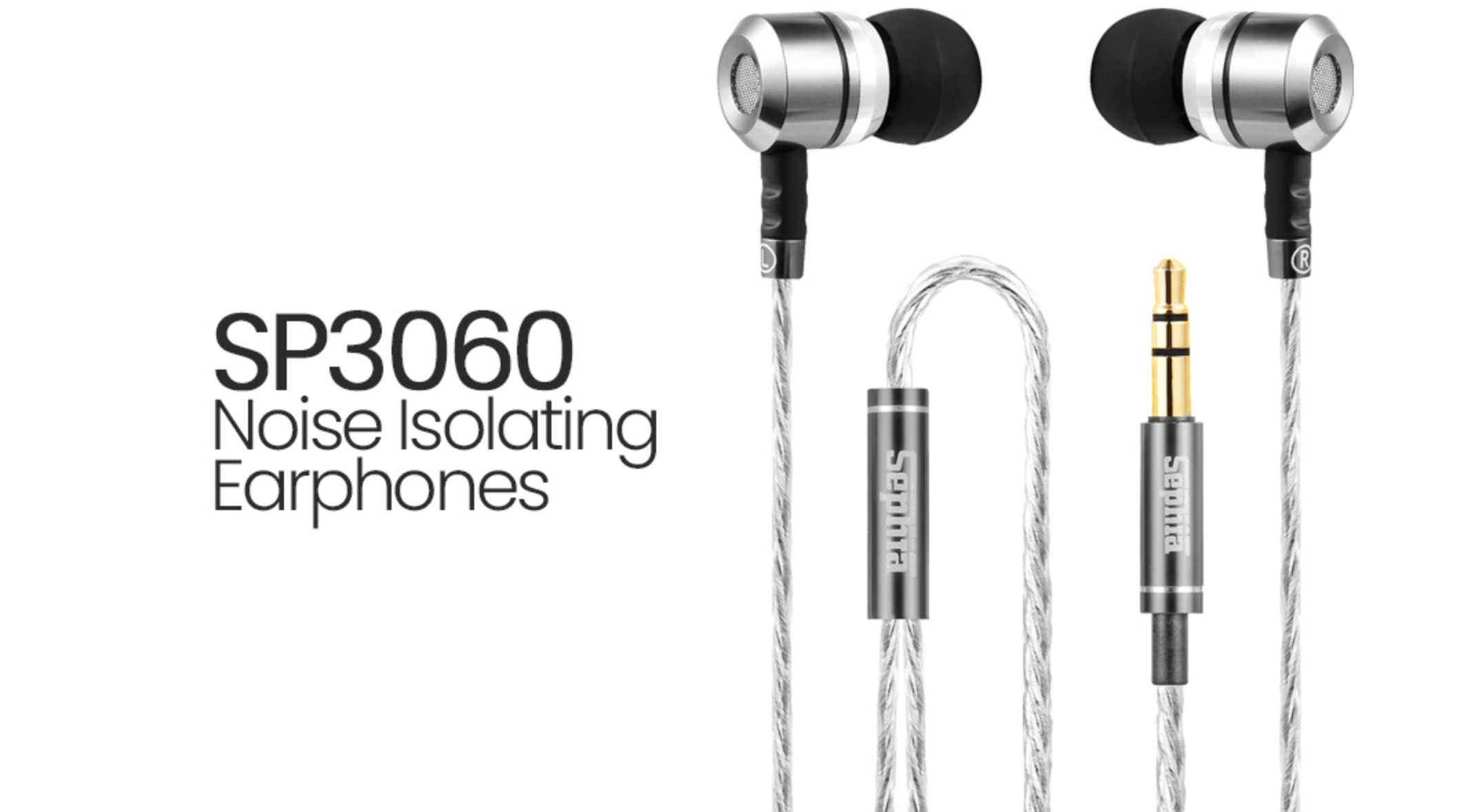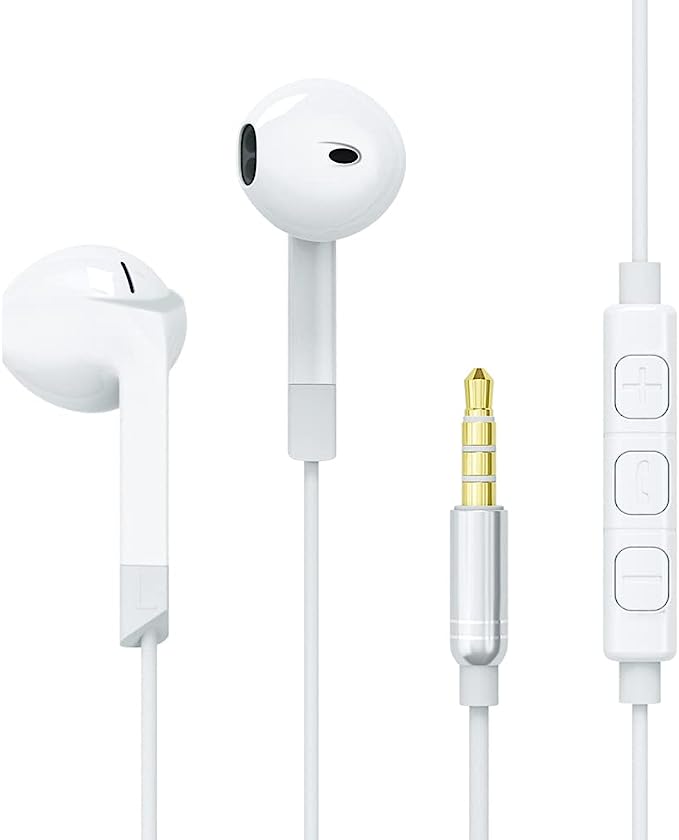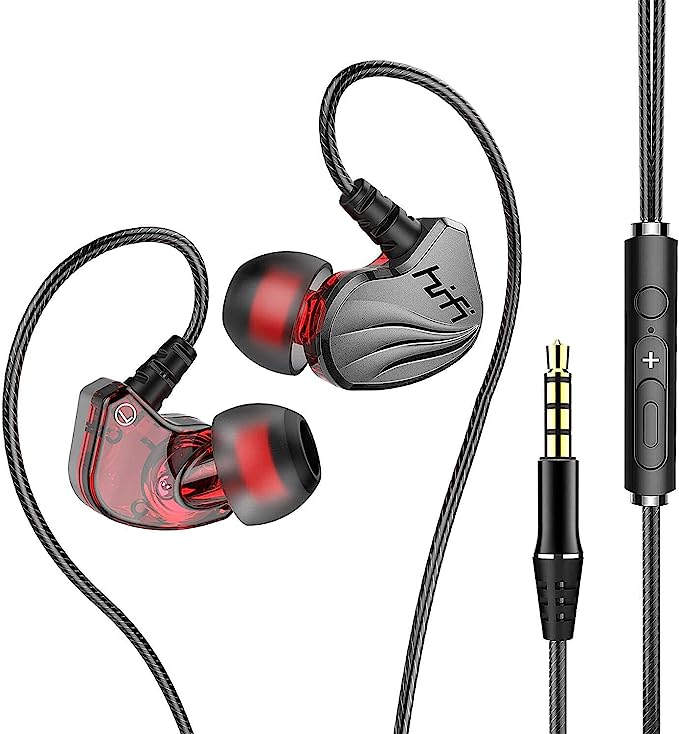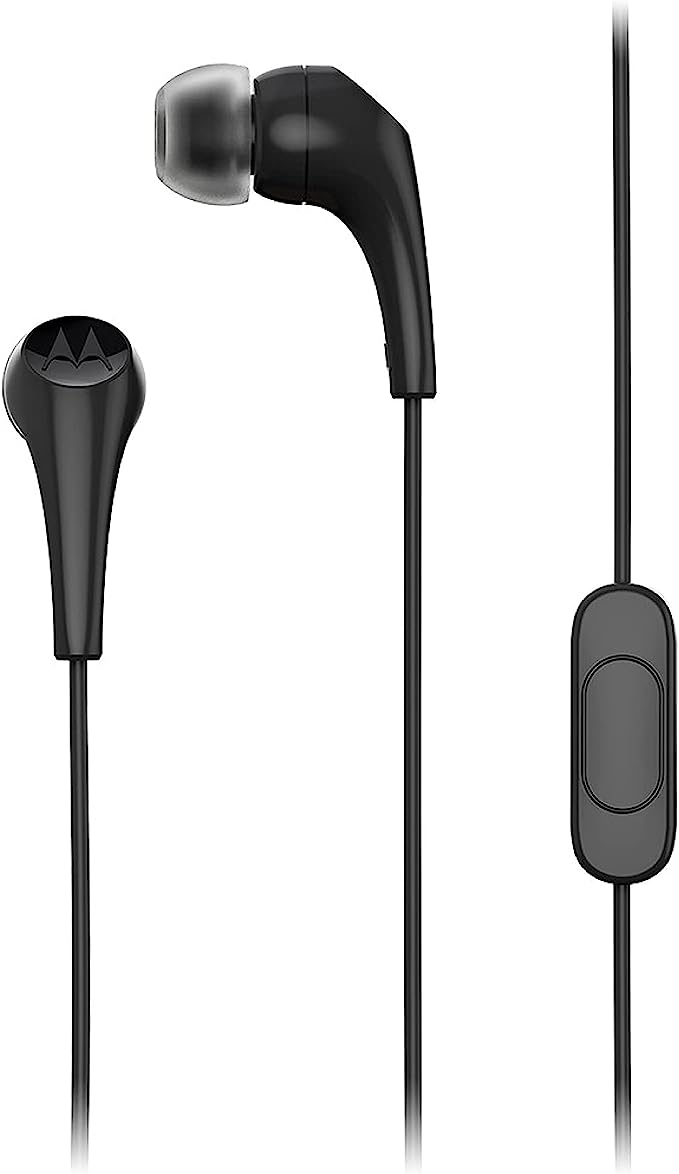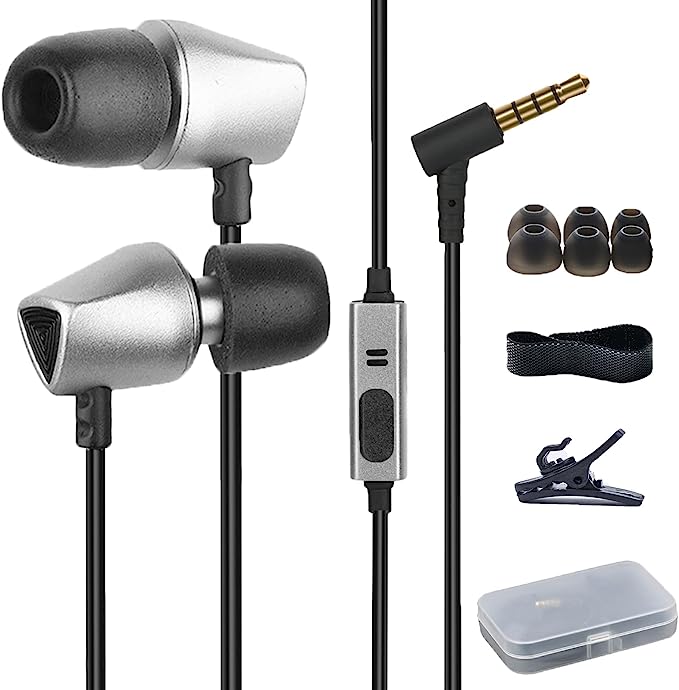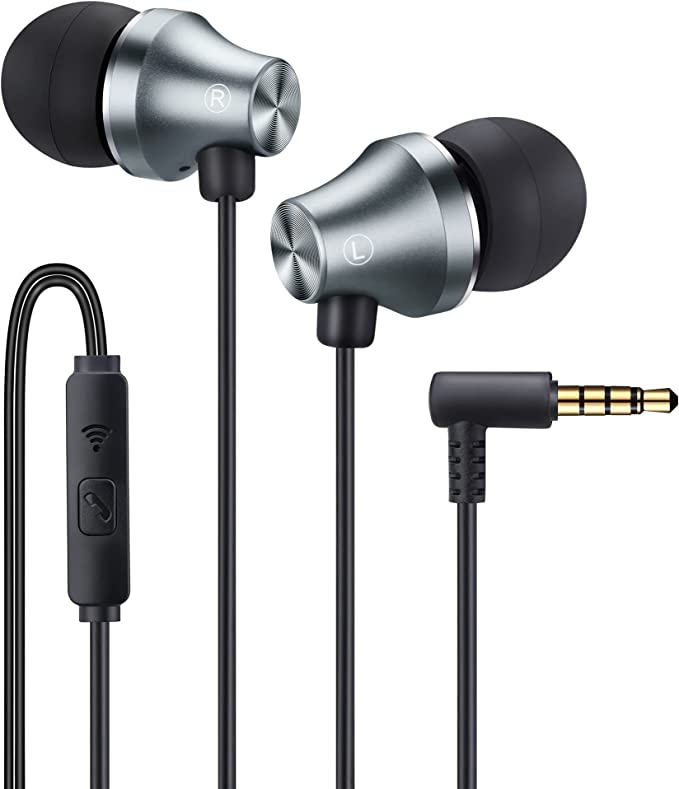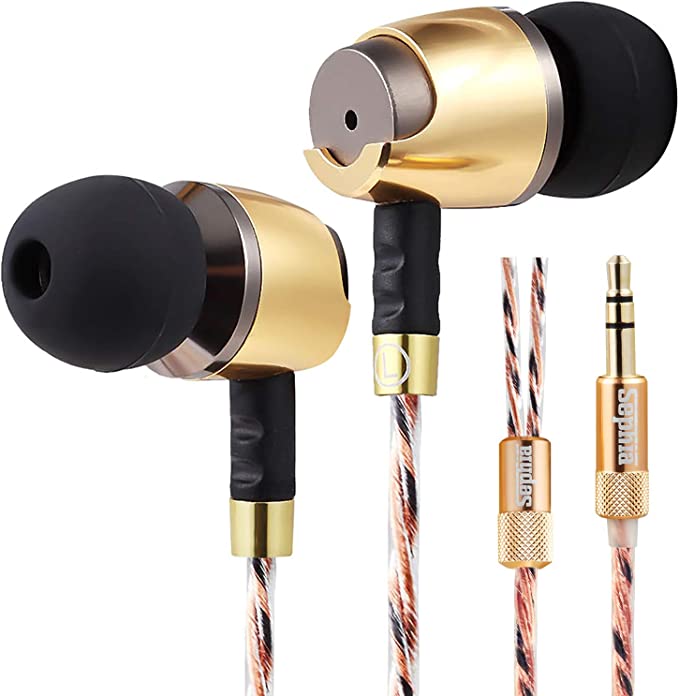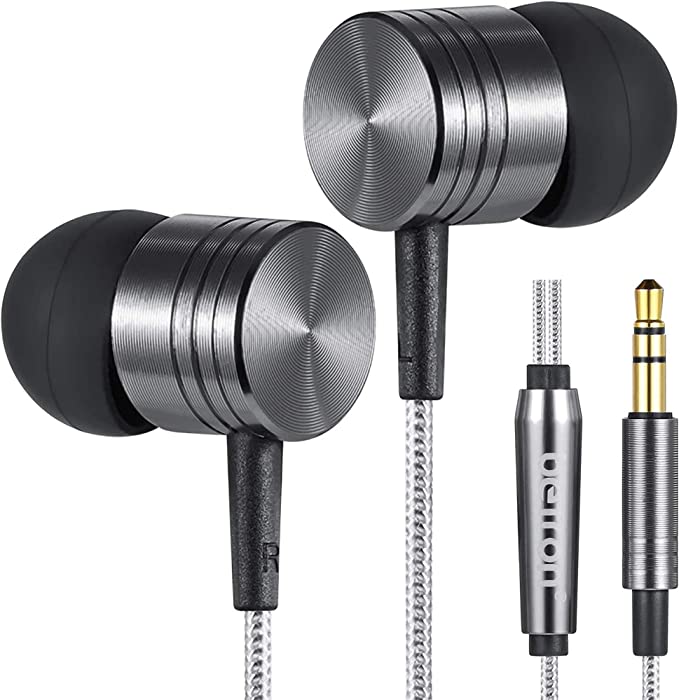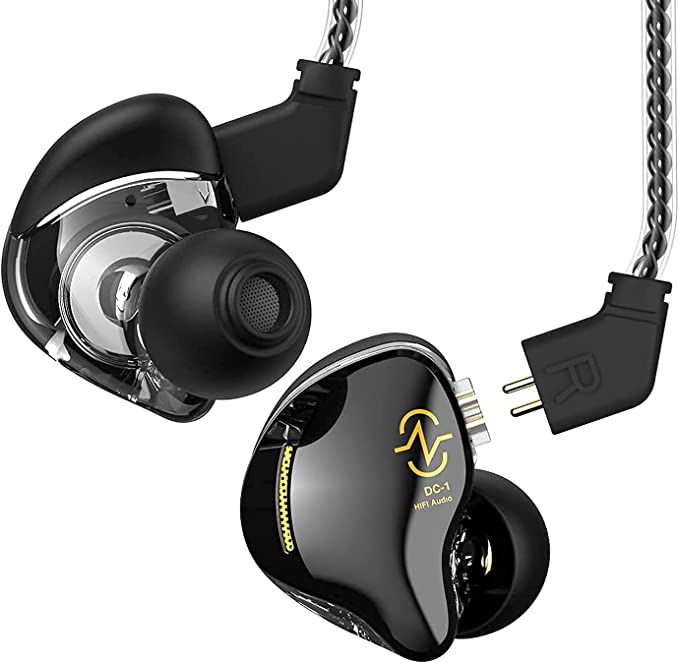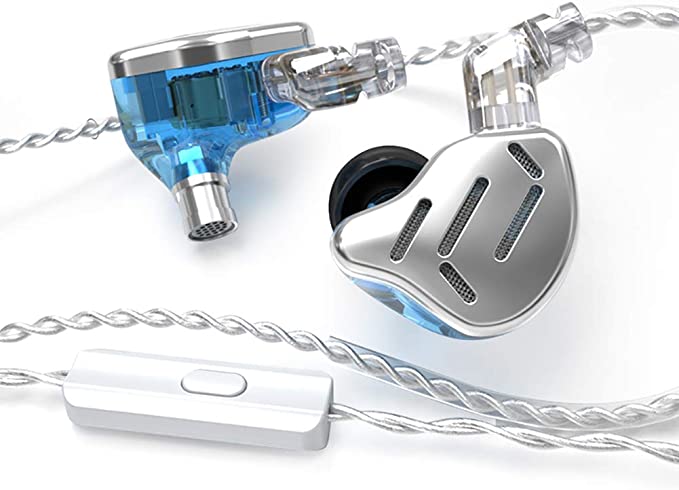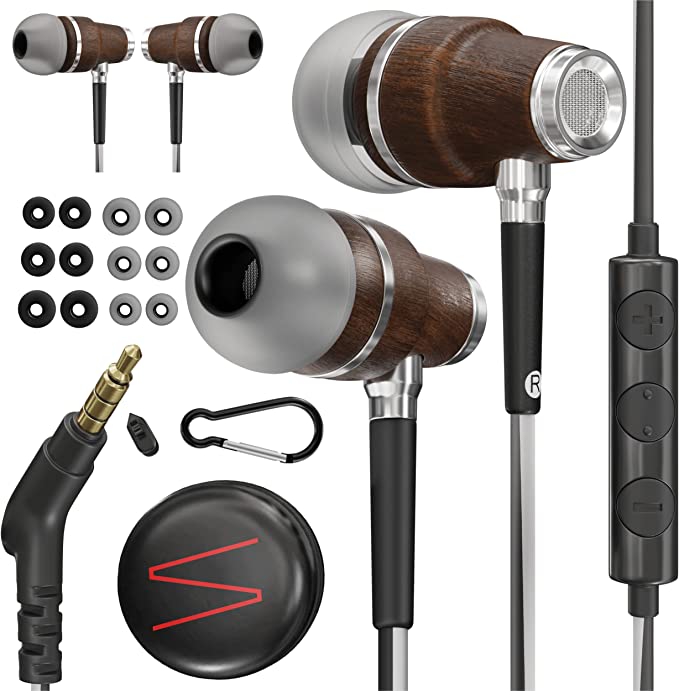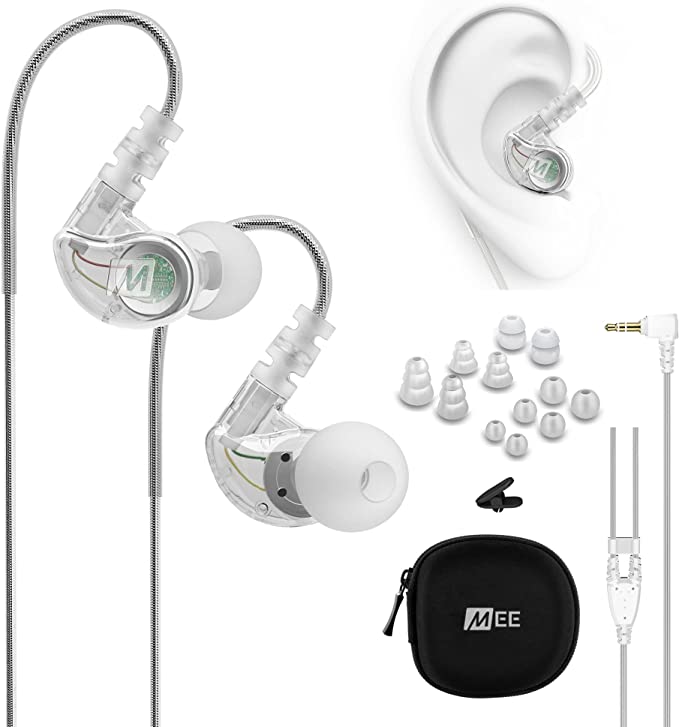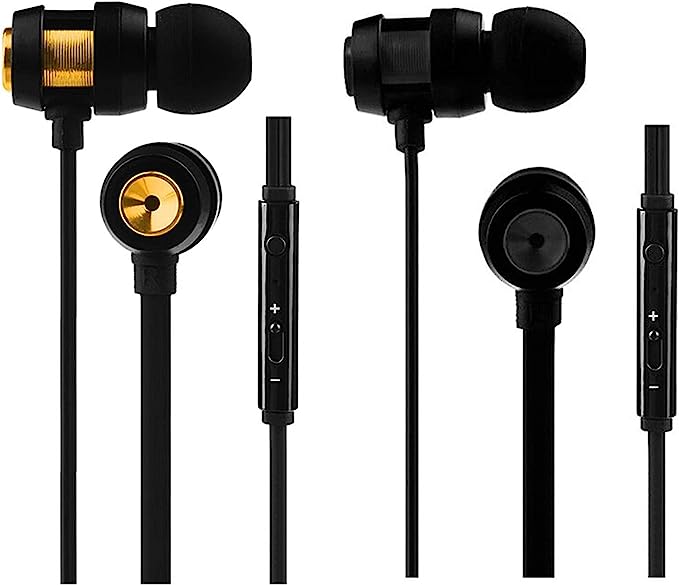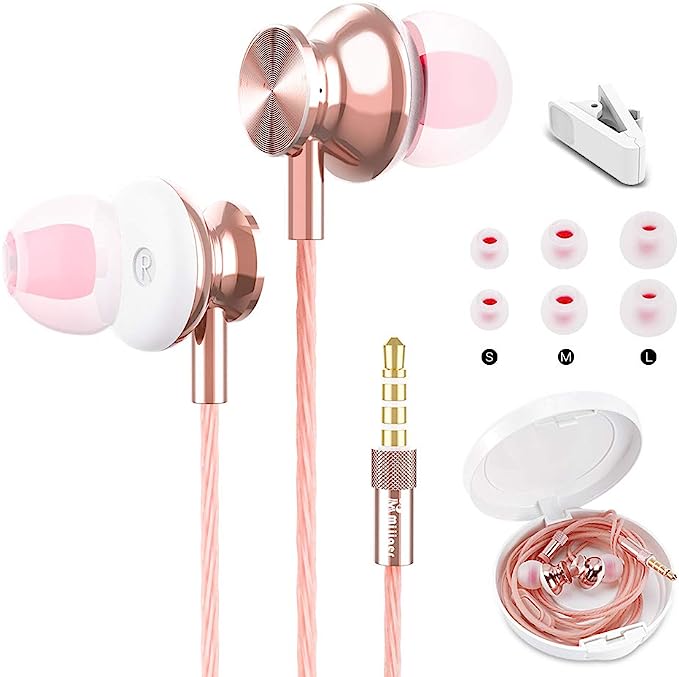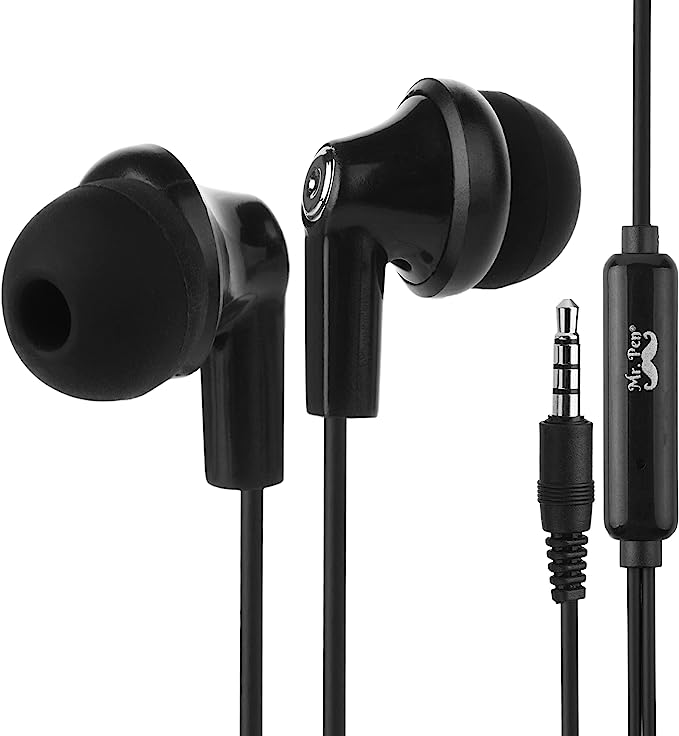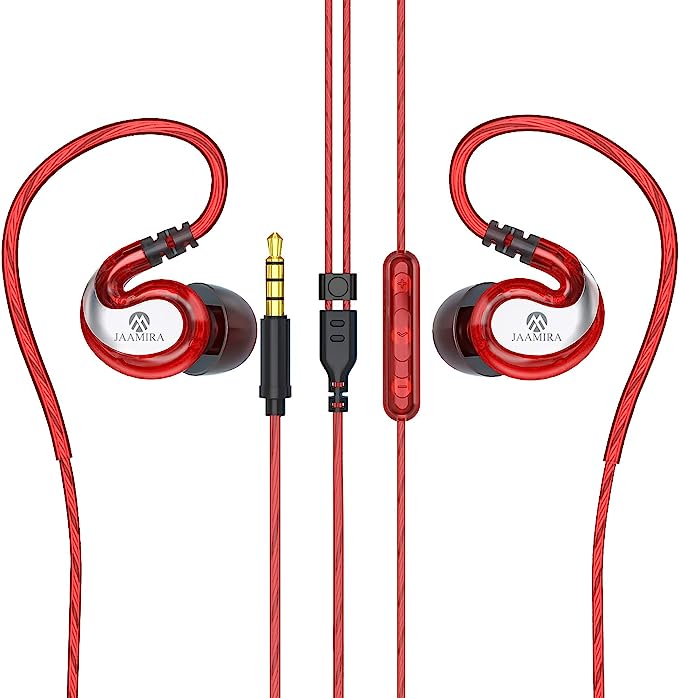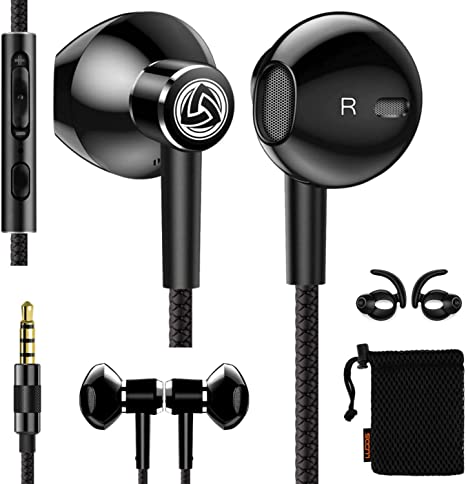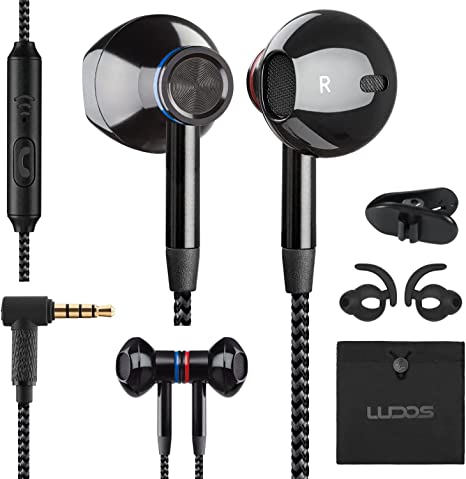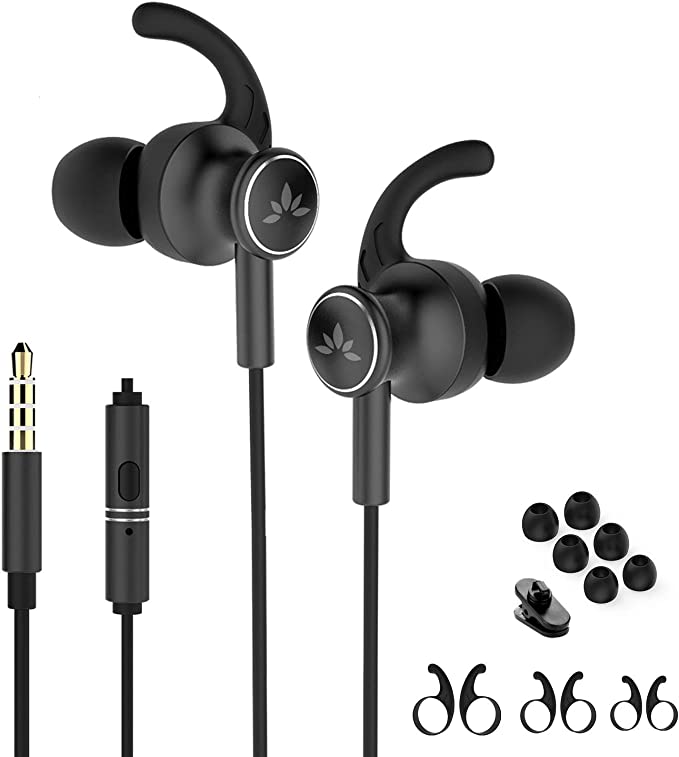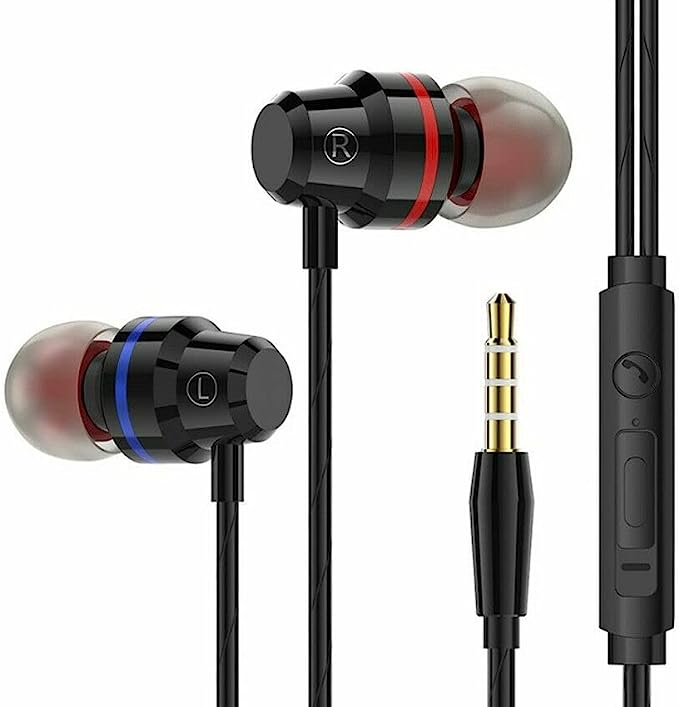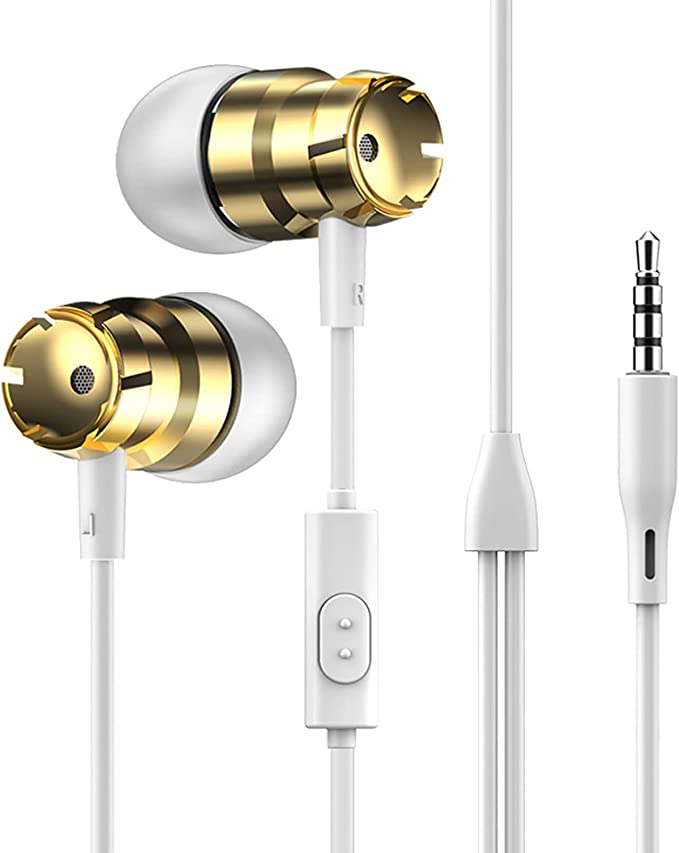The Physics of "Fun": Deconstructing the V-Shaped Sound of the Betron ELR50
Update on Nov. 22, 2025, 4:14 p.m.
In the audiophile world, “flat” or “neutral” sound is often held as the gold standard. However, for the vast majority of listeners, a flat frequency response sounds boring, clinical, and lifeless. The human ear craves something else: energy, impact, and sparkle.
The Betron ELR50 in-Ear Headphones are unapologetically engineered not for the recording engineer, but for the listener. Priced at the entry level, they serve as a perfect case study in “V-Shaped Tuning”—a deliberate acoustic calibration that prioritizes bass and treble. But this isn’t just a marketing gimmick; it is a design philosophy rooted in psychoacoustics and material science. Let’s dismantle these earbuds to understand the engineering behind the “fun.”

The Engine: 9mm Neodymium Drivers
At the heart of the ELR50 lies a 9mm Dynamic Driver. In the world of speaker physics, size matters, but magnetic flux density matters more.
Standard budget headphones often use ferrite magnets, which are heavy and have a weaker magnetic field. The ELR50 utilizes Neodymium, a rare-earth element capable of generating a magnetic field ten times stronger than ferrite by weight. * The Engineering Benefit: A stronger magnetic field exerts tighter control over the voice coil. This allows the diaphragm to accelerate and decelerate with greater speed (Transient Response). * The Result: This “high-torque” engine is what allows a small 9mm driver to produce the “Deep Bass” advertised. It creates a high-excursion movement that displaces enough air to pressurize the ear canal, delivering physical impact without needing a massive enclosure.

Psychoacoustics: The “V-Shape” Explained
Why do the ELR50s emphasize bass and treble? The answer lies in the Fletcher-Munson Curves (Equal-Loudness Contours).
Biological evolution has tuned the human ear to be most sensitive to mid-range frequencies (where human speech lies). We are naturally less sensitive to very low (bass) and very high (treble) sounds, especially at lower volumes. * The Tuning Strategy: By mechanically boosting the lows (20Hz-200Hz) and the highs (above 4kHz), the ELR50 compensates for this biological deficiency. This creates a sound that feels “full” and “dynamic” even at moderate listening volumes. * The Experience: The recessed midrange pushes vocals slightly back in the mix, creating a perceived “soundstage” depth, while the boosted treble adds “air” and detail to cymbals and synths. It is a sound signature engineered for modern Pop, EDM, and Hip-Hop.

Material Science: Aluminum vs. Plastic
Most earbuds in the sub-$20 range are injection-molded plastic. Plastic is cheap, but it is acoustically “leaky”—it vibrates sympathetically with the driver, muddying the sound.
The ELR50 features a machined metal housing. Metal is denser and more rigid than plastic. * Resonance Control: The rigidity of the housing prevents parasitic vibrations. This ensures that the energy from the driver is directed entirely into the ear canal, rather than being lost vibrating the shell. This is particularly important for bass reproduction; a rigid shell keeps the bass “tight” and punchy, preventing the “boomy” distortion common in cheap plastic buds.
The Signal Path: Minimalism by Design
One of the most distinct features of this specific version of the ELR50 is what it lacks: a microphone.
In an era where every device tries to be a communication headset, a dedicated “audio-only” device is a rarity. * Signal Integrity: By eliminating the microphone and remote control circuitry, the signal path is simplified. There is no potential for “crosstalk” (interference between the microphone signal and the audio signal) within the cable wiring. * Durability: The 3.5mm jack is a standard TRS (Tip-Ring-Sleeve) connector, which is mechanically simpler and often more robust than the TRRS connectors required for mic-enabled headsets. For users of dedicated high-res players (DAPs) or older iPods, this simplicity is a feature, not a bug.

The Seal: Passive Isolation Mechanics
Without Active Noise Cancellation (ANC), the ELR50 relies entirely on Passive Noise Isolation. This is where the “earbud” becomes an “earplug.”
The effectiveness of the bass response described earlier is 100% dependent on the Acoustic Seal. If air leaks out, bass pressure drops. The ELR50 includes multiple sizes of silicone tips. Finding the correct size is not just about comfort; it is a calibration step. A proper seal creates a closed acoustic chamber, locking in the low frequencies and physically blocking external high-frequency noise (like office chatter) by up to 15-20dB purely through mass damping.

Conclusion: Honest Engineering
The Betron ELR50 does not pretend to be a studio monitor. It is not designed for critical analysis of classical music. Instead, it is a piece of honest engineering designed for enjoyment.
By combining the high magnetic flux of neodymium drivers with a rigid metal housing and a psychoacoustically pleasing V-shaped tuning, it delivers a listening experience that punches far above its weight class. For the commuter, the student, or the retro-tech enthusiast, it proves that you don’t need a microchip to make music sound good—you just need good physics.
